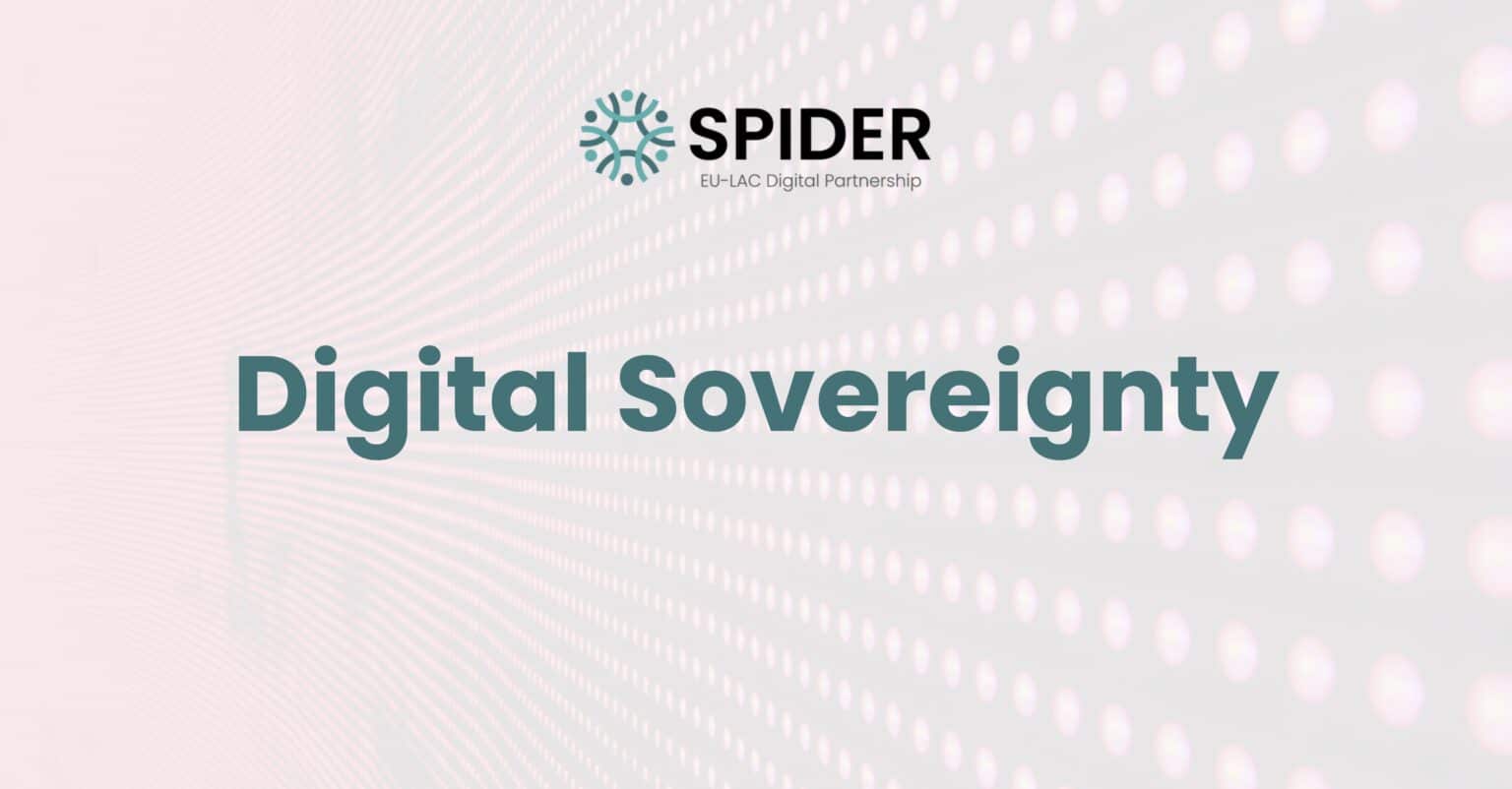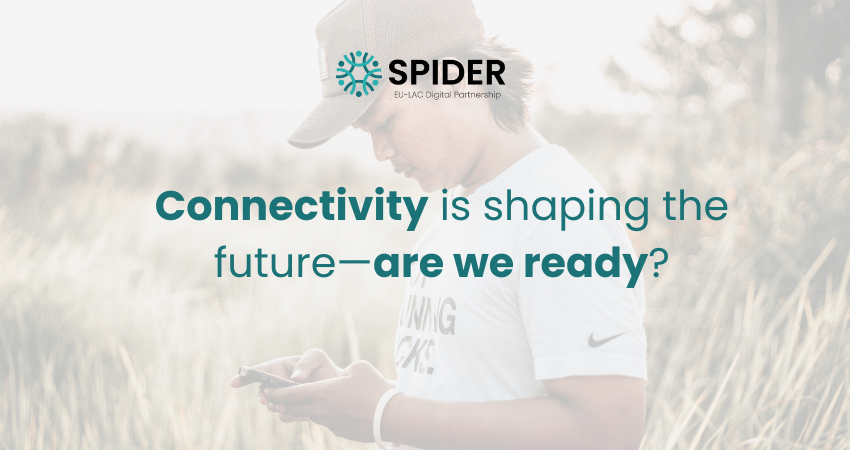Something’s shifting in how countries think about technology. Governments are realising that digital infrastructure isn’t just about faster internet, it’s about who controls the pipes that carry their data, their research, and ultimately their economic future.
The EU’s new International Digital Strategy released earlier this month, is the latest sign of this trend. But what does this actually mean for researchers, universities, and innovation networks that need to collaborate across borders?
The New Rules of the Game
Ten years ago, most research institutions didn’t worry much about which cables carried their data or where their cloud servers were located. Those days are over.
Today, a Brazilian researcher sharing climate data with European partners needs to consider: Which route does this data take? What laws govern it along the way??
Three Models, Three Futures
As countries respond to these challenges, three distinct approaches are emerging:
The Control Model: Some nations are building walls around their digital ecosystems. Data stays local, foreign tech is restricted, and international collaboration happens through carefully managed channels.
The Market Model: Others double down on private sector solutions. Big tech companies provide the infrastructure, set the standards, and research institutions adapt to whatever platforms emerge as winners.
The Partnership Model: A third group is trying something different—building shared infrastructure based on common values, with governance structures that give users a voice.
Where BELLA Fits In
The BELLA network, connecting Europe and Latin America, and the Caribbean, represents an early implementation of this third approach. Unlike commercial cables owned by tech giants or state-controlled networks, BELLA was designed specifically for research and education.
But laying cable is the easy part. Making it actually transform how researchers collaborate across continents? That’s harder.
This is where initiatives like SPIDER come in. The project isn’t just about promoting BELLA—it’s about pushing the partnership model.
The EU’s Bet
The EU’s new strategy makes a big bet: that the partnership model can work at scale. The strategy talks about “human-centred digital transformation” and “values-based cooperation”, and this has a reason.
Europe can’t match China’s state resources or America’s tech giants. But it might be able to build something different: networks that researchers and institutions want to join because they get a say in how they’re run.
The strategy outlines plans for AI cooperation centres, quantum research networks, and cybersecurity partnerships.
Beyond the Cables
The EU strategy recognises something important: digital sovereignty isn’t just about owning infrastructure. It’s about having real choices in how that infrastructure develops and operates.
For research networks, this means moving beyond simply providing connectivity to actively shaping how digital collaboration evolves. It means having a voice in technical standards, governance structures, and investment priorities.
SPIDER’s approach—focusing on implementation rather than just dialogue—reflects this understanding. The question is whether this model can scale beyond research networks to broader digital cooperation.
Looking Ahead
The global conversation about digital sovereignty is just getting started. As more countries develop their own strategies, we’ll see more experiments in how to balance openness with control, collaboration with security.
Research networks like those supported by SPIDER and highlighted in the EU strategy offer a relatively low-risk place to test these ideas. If the partnership model can work for scientists sharing climate data or medical research, maybe it can work for other sectors too.
But if it can’t—if shared governance proves too slow, too complex, or too vulnerable—then we’ll likely see a retreat toward simpler models based on either state control or market dominance.
The stakes are higher than they might appear. How we solve digital cooperation for research today shapes what options we have for digital cooperation tomorrow.





